When preparing for my French citizenship interview, I had to learn all the major symbols of the Republic. La Marseillaise. Marianne and the Phrygian cap. The Gallic Rooster. One could even throw in the Fleur-de-lis. Or the Eiffel Tower.
No matter which list I studied, however, they all overlooked the most important cultural icon: the Bic 4-Color Pen.
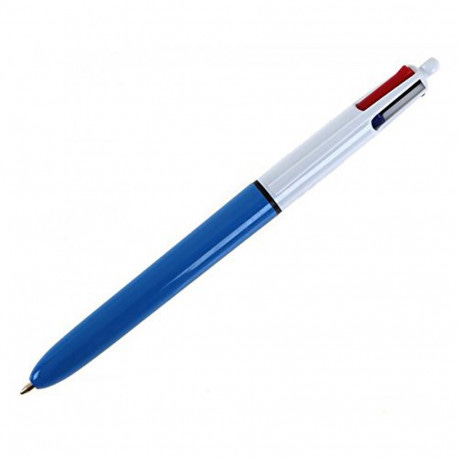
Photo courtesy of Bic
I didn’t learn that Bic was a French company until I moved to France in my mid-40s. Growing up in Kansas, Bic products were so ubiquitous that it never occurred to me they weren’t American. Bic razors. Bic ballpoint pens. Bic lighters. Bic Bic Bic everywhere. Today, it is one of the largest consumer goods companies in the world. Based in the Paris suburb of Clichy, the company had revenue of €2.39 billion ($2.5 billion) in 2022.
Bic was co-founded in 1945 by two Frenchmen, Marcel Bich (born in Italy but naturalized after his parents immigrated) and Edouard Buffard. Bich eventually became intrigued by an early version of a ballpoint pen developed by Hungarian Laszlo Biro and acquired the patent.
It took the Bic team two years to refine the ideal ink and find the right fit between ball and ink. The company acquired high-precision machines from the Swiss watchmaking industry to produce the pens.
The result: the BIC Cristal pen.
Launched in 1950, this omnipresent ballpoint with a blue cap and transparent body lets you see the ink inside. Everyone on the planet knows this pen and probably finds at least 10 of them every time they lift the sofa cushions to clean.
Bic’s marketing campaign made it a worldwide phenomenon. The company became a testament to France’s entrepreneurial and creative spirit.
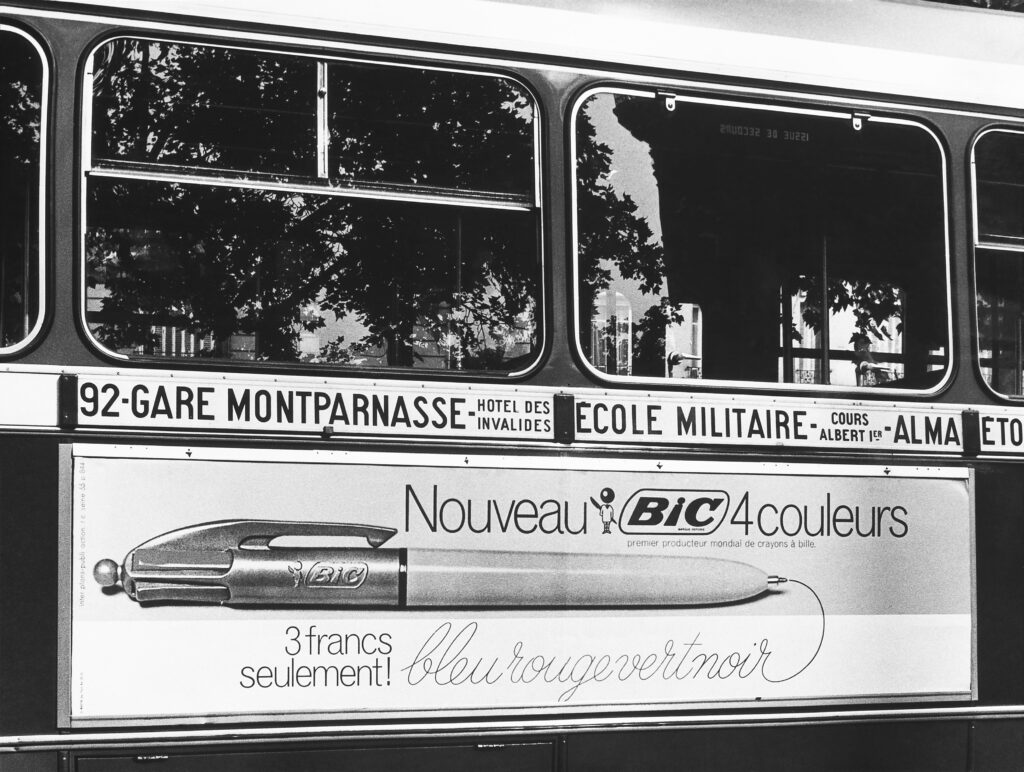
1970 bus advertisement. Photo courtesy of Bic
In 1970, Bic introduced a new twist to its ballpoint pen empire: The 4-color pen. Red-Green-Blue-Black. As an American attending school in the 1970s and 1980s, the Bic 4-color pen was a part of my school supplies from elementary to high school. The clicking clicking clicking to change colors offered a fun and convenient distraction.
An American of my generation remembers the 4-color pen as a nostalgic signpost of youth. In France, however, the entrepreneurial wonder that Marcel Bich gave to his compatriots remains a centerpiece of daily life.

Photo courtesy of Bic
One of our first tasks right after we arrived in France was to enroll our children in school. This took a fair bit of wrangling at the office that welcomes foreign students. After several visits, our son was placed in a middle school to begin an immersive French-language program alongside other kids who didn’t speak French, with the goal that they eventually move into mainstream classes.
At one meeting, we had a fairly awkward conversation with the teacher that occurred in a no man’s land between French and English. And then, to our surprise, she announced that our son would now go with her class. But even as the teacher stood up, she seemed to make a disturbing discovery of her own. “Where are his school supplies?” she asked with a hint of alarm.
My wife and I looked at each other and telepathically wondered, “School supplies?” Already racking up a large number of gaffes in just two weeks in France, we sheepishly said we did not have any. “Perhaps since it’s after 2 o’clock and it’s his first day, he could borrow some paper and a pen and come with supplies tomorrow?” we asked like naïve fools. “This is not possible,” the teacher explained. “He must have all his school supplies before he can enter class.”
She then handed us a double-sided piece of paper that contained some 150 items that every student should have. American parents may push shopping carts through the aisles of Target in search of No. 2 pencils, lined papers, erasers, glue and scissors. French education demands precision.
Math, for instance, required a notebook 24 cm by 32 cm in size, with 96 pages of paper that have small squares on them. French class, on the other hand, demanded a similar-sized notebook, but with 48 pages and large squares. Some classes needed notebooks with hard covers, while others wanted transparent covers.
Armed with this list, my wife and I dashed into a supermarket. We stood in front of the school-supply section trying to match the strange words on the list to the tags on the shelves. What is a “copie double”? (A larger sheet of paper folded in half to create four pages, with perforated edges, with a choice of big or small squares. We needed both kinds.)
After a panicked few minutes of grabbing as much as we could, we rushed back to the school and handed the teacher an over-stuffed plastic bag of supplies, which seemed to satisfy her and grant our son access to the classroom.
As it turned out, the most critical tool we purchased that day was the Bic 4-Color pen.
Classes at the middle school level were still taught in an extremely traditional manner. The teachers lectured nearly the whole period and wrote much of the information on the chalkboard. The students had to copy those notes using different colors according to their importance. The color red, for instance, indicated which phrases must be memorized in their entirety because they would be on the exam.
Students periodically handed in their notebooks to teachers, who graded them on their orderliness and their adherence to various instructions for taking notes and gluing in worksheets.
Since those days, we have accumulated an astonishing number of 4-color pens.
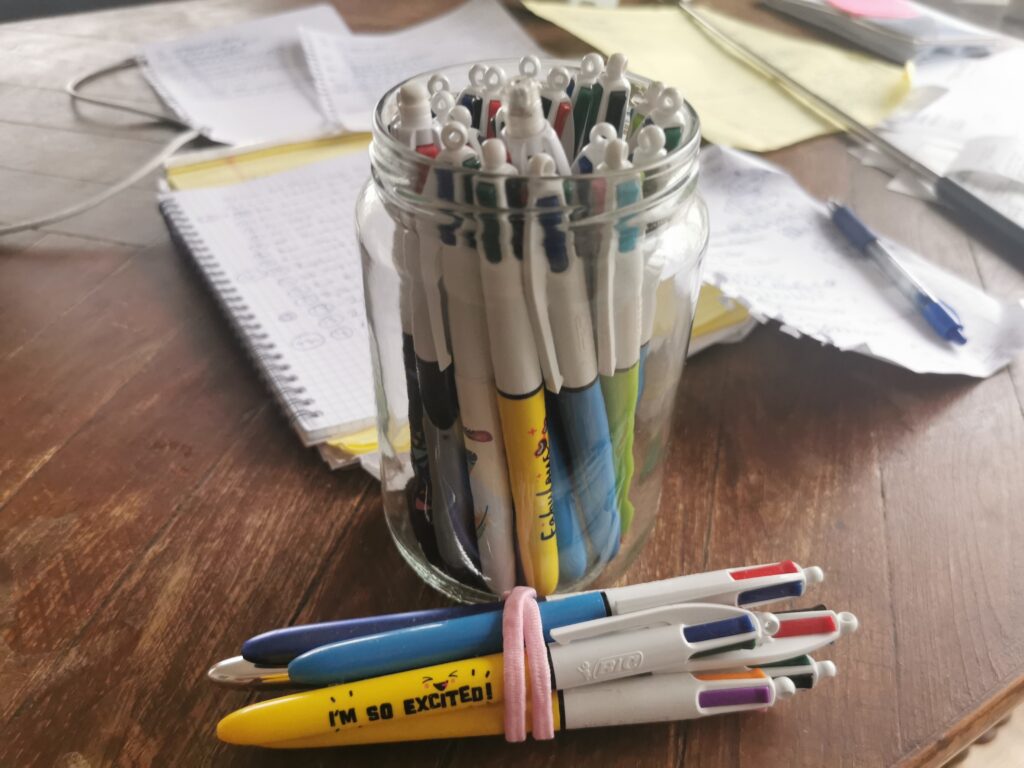
Photo: Chris O’Brien
Bic spokeswoman Astrid Canevet confirmed my instinct about the pen’s enduring popularity in France. Bic produces 300,000 units a day at its factory in Marne-la-Vallée (just east of Paris) and France remains its number 1 market.
“It’s a product that still exists in the U.S., but I don’t think it’s as present in the mind of consumers,” she said.
Bic controls the entire manufacturing process in France, including manufacturing all of the parts and the ink to ensure quality, she said. Production is incredibly precise. Making just the ballpoint takes nine days. The complex process includes molding the ball using diamond powder and putting it in an oven for 24 hours.
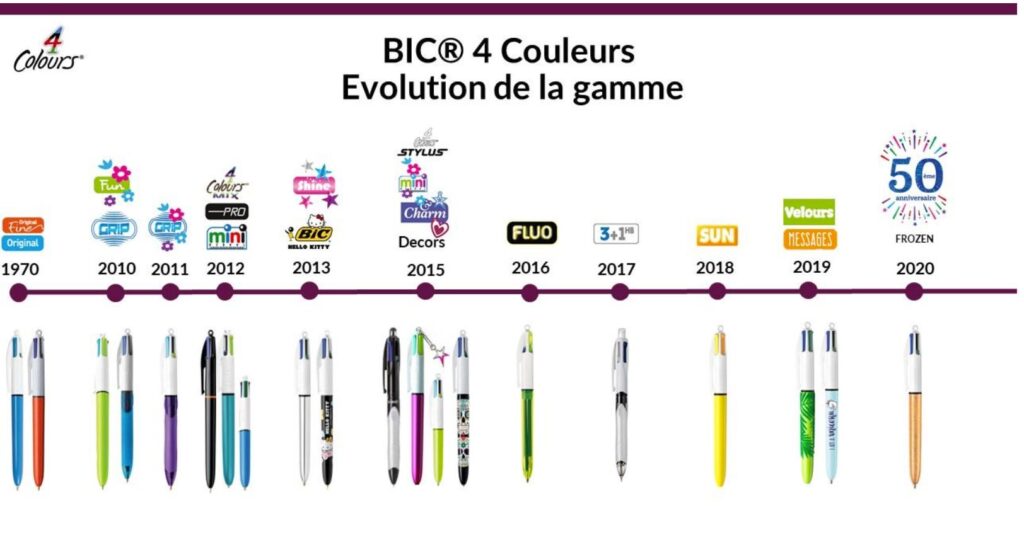
“Bic is a very iconic brand here in France,” Canevet said. “It has a special place in the heart of the French consumer. There is a real sense of national pride.”
Chris O’Brien is an American journalist based in the Paris region, where he writes about technology, travel, culture, and politics. Before moving to France in 2014, he spent 15 years covering Silicon Valley for the Los Angeles Times and The San Jose Mercury News. He is as surprised as anyone that he is now a French citizen.
Subscribe to Chris’s newsletter here:
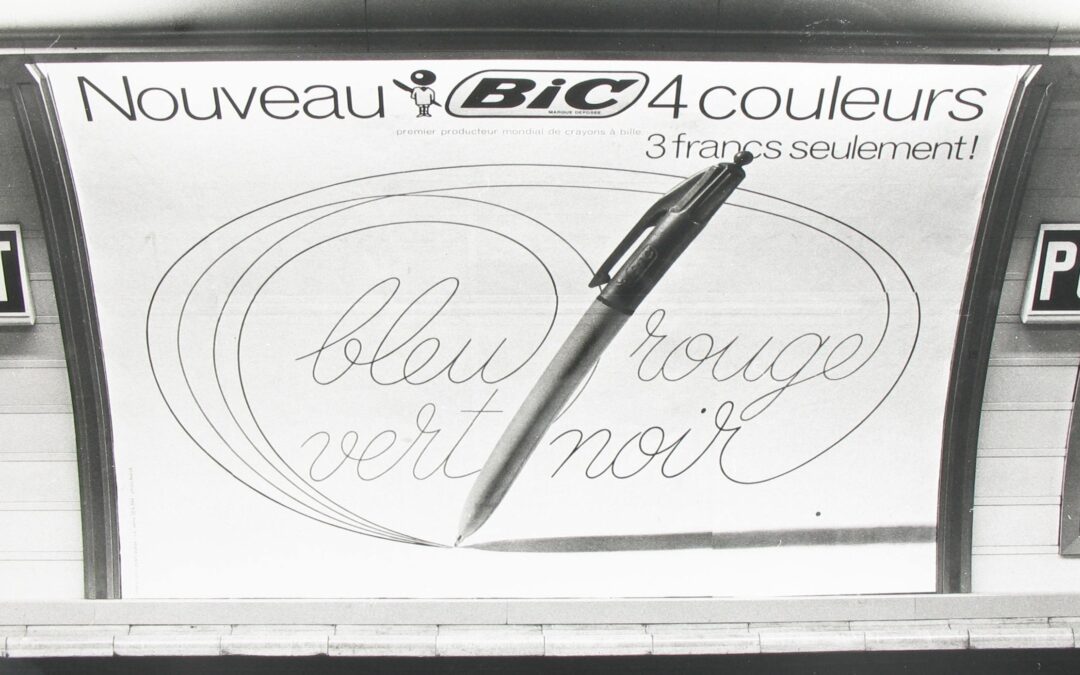
Thank you, Chris, for a beautiful piece on a truly iconic consumer product. Dare I suggest a quibble? You might point out that “stylo Bic” is French for “ballpoint pen”…
Well, actually, my father invented it in the late 1950’s. He had a small pen company in the Bronx, and I used to go down there and help him pack them. His name was variously Peter or Philip Weinstein, and I think maybe it was called Hilray Pens.